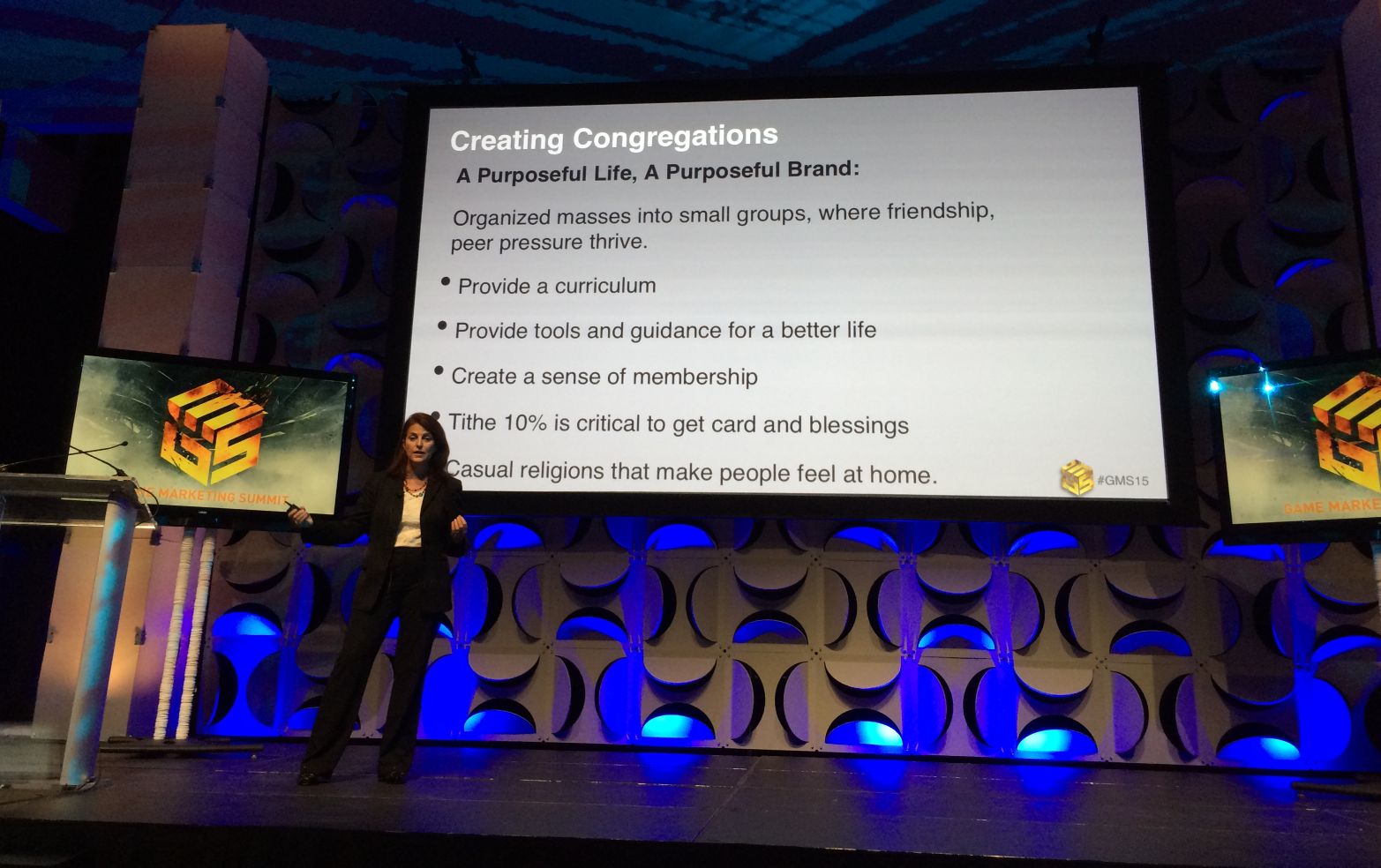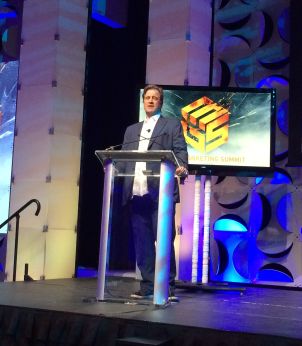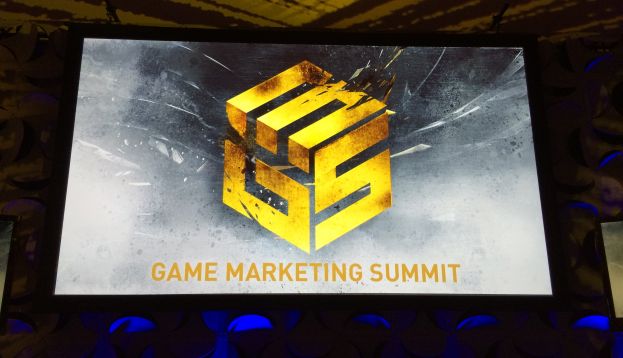The Game Marketing Summit’s 10th annual gathering in San Francisco this week brought together top marketing talent form across the industry to inform, educate, and celebrate game marketing. Here’s what some of the sessions had to say to the attendees. Fortunately for those who weren’t there, or who didn’t take notes, you can see the recorded sessions in the near future at www.gamemarketingsummit.com.
Psychology-based marketing expert Jeanette McMurtry of e4marketing.com spoke at GMS 2015 about the use of psychology in marketing. It’s a different way of looking at marketing, and realizing that part of why marketers have such a hard time trying to engage customers “is because they are distracted,” said McMurtry. We are constantly checking our smartphones, chatting on social media, and being pulled and tugged in a thousand ways every day. McMurtry suggests that looking at the psychology of what motivates and attracts people is a way to develop more effective marketing.

Among the key things to remember is that 90 percent of our thinking is unconscious. “So why do we market to the other 10 percent What an amazing waste that is”, McMurtry said. We need to look at the unconscious drives that channel our thinking. Studies have shown that what people say motivates them is not actually what has the most influence on their behavior. While the conscious mind is saying that helpfulness, choosing your own path, and finding meaning in life is most important, your unconscious mind is focused on maintaining security, sexual fulfillment, and honoring tradition. Effective marketing should take this into account.
Most marketing is based on joy, but many people are motivated by fear, McMurtry noted. A key driver of social behavior is avoiding less as much or more than seeking reward. She also pointed out the language of colors (for instance, red represent danger, while blue is more peaceful and reassuring), and looking for ways to create positive associations with your brand. “What drives our happiness are relationships, not products,” McMurtry pointed out, showing some study results listing the things people value most in their lives. “How are we giving people that joy and satisfaction ” She suggested that many of the factors that make religions such a powerful force in the lives of billions are also used by successful brands, such as Apple, in creating powerful engagement with their brands.
McMurtry’ s session, while fascinating in its own right, was a perfect segue into industry veteran Bing Gordon’s keynote address. Gordon share some of his insights into “monetization hacking” based on his decades in the game industry as a leading exec at Electronic Arts and now as partner at leading venture capitalist Kleiner Perkins Caufield & Byers, where he’s been instrumental in the success of many companies.

Gordon noted that while being a super-successful marketing exec might make you $100 million, if you want to make $1 billion have to start a company to reach that level of success. If you want to make $10 million, Gordon said, create $100 million worth of value for your brand “and then go in and ask the CEO for 10 percent,” he said.
“Providing a lifetime of ideas in a handful of minutes” was how Gordon characterized his talk, and that was certainly true. His rapid-fire presentation touched on many great anecdotes and pearls of wisdom that marketers can learn from. For instance, Gordon recalled how Electronic Arts would use response card surveys to get feedback from gamers on the kinds of games they would be interested in seeing. This was, of course, before you could gather such information with great ease over the Internet.
“We concept-tested a list of titles or phrases about games,” noted Gordon. One of the examples he gave was “5 on 5 NBA game” which, after getting a great response on survey cards, eventually became the highly successful NBA Live game. “Any title that got 30 percent response or more was always a top ten game when it is delivered with at least an 80 percent Metacritic rating,” said Gordon.
While there were plenty of examples from the game industry that Gordon talked about, he also drew on examples from other places. ” The toy business doesn’t start a product until they have a commercial that works,” said Gordon. If you know the appeal of your product well enough to craft an effective commercial that gets customers ready to buy the product, then you’ve got the core of a great product. Interestingly, this is exactly the opposite of how most games begin, which is as an idea by a developer of something they’d like to play. Developers will certainly continue to do that, but perhaps trying to see how that concept turns into a marketing campaign would be a good way to see how much merit a game idea has.
Gordon had a number of insights into monetization, including that customers pay to reduce pain. “Easier outperforms hard,” Gordon noted, pointing to how $84 a month subscriptions dramatically outpulls $1,000 a year in consumer response. He also discussed subscriptions, and how marketers should think of it as a volume discount. “Don’t offer too much,” Gordon cautioned. “Whatever you think is right, cut it in half.” He thinks about a 25 percent discount on an annual rate is usually sufficient.

